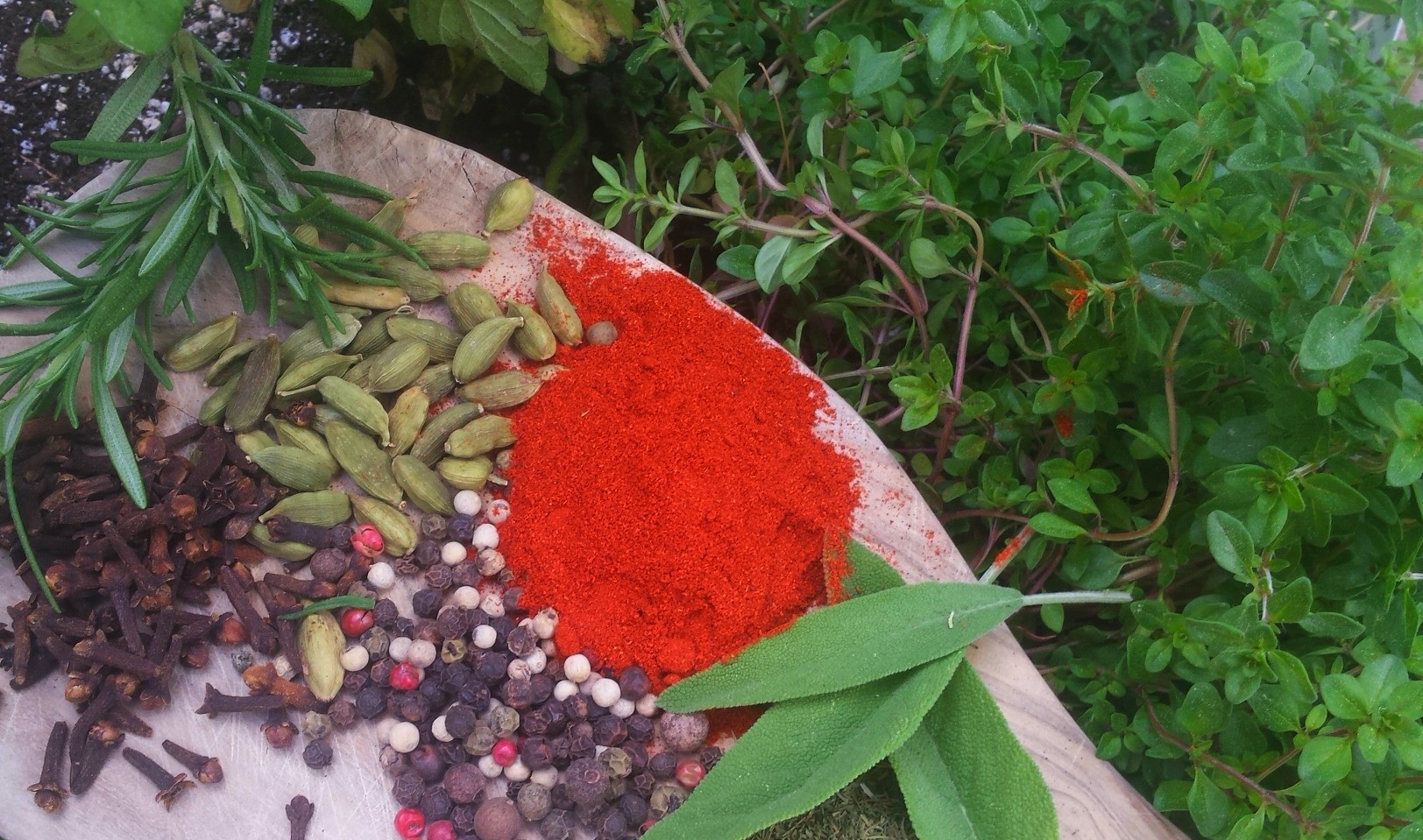
While While they both come from plants, there are four main differences between an herb and a spice.
Examples of Herbs Vs. Spices
ADVERTISEMENT
An excellent, accurate blog! May I add another spice that is frequently confused as an herb? Lavender. As you point out in your article, herbs are the leafy part of a plant (e.g. basil, parsley, bay leaf, etc). Any other plant part (bark, seeds, flowers, etc) is a spice. With lavender, the part of the plant which is used as a seasoning are the flowers -- either fresh or (more commonly) dried flower buds. If kept whole and in a dry, dark place away from sunlight, dried lavender buds will be palatable for about two years. So add lavender to your list of spices -- excellent when added to brewed tea or used as a seasoning for oven-roasted vegetables (esp. potatoes). --Dave from Seafoam Lavender Farm
it's actually turmeric, not tumeric.
Herbs are the spice of life
Well, spices and herbs find application in Ayurveda as medicine. In beauty treatments also.
Spices and Herbs not only enhance the flavors but with proper use helps to keep the body in a healthy state.
Are some people allergic to coriander ?
It’s rare, but yes. Some people are allergic to coriander seeds or to the coriander spice made from ground seeds.
I've always considered "herbs" to be more temperate climate plants, parts of which have medicinal uses (the active part may be leaf, root, flower, bark, seed, or different parts may have different medicinal uses). "Spices" tend to be more exotic, coming from the tropics, and difficult to find locally in their fresh form -- or, they are seasoning plants which DON'T have specific medicinal uses (e.g. oregano, basil), usually in their dried forms.
I've been taught that dried seasonings go in the beginning of cooking so their flavor can develop, but to leave fresh seasonings to the last 15 minutes so the heat doesn't destroy their flavor.
Herbs also have amazing medicinal qualities. Oil of oregano has proven antiseptic qualities, comfrey is used in cough medicine,sage for urinary tract infection etc. Rodale press puts out a wonderful book on herbs and their uses.
I'm just getting in to making my own BBQ Rubs. I have purchased a few herbs and spices, but I never gave it much thought about it's Origin. I plan to read more on this...If you can recommend a "beginners" book on herbs and spices...I'd appreciate it and thanks for the article.
Hello Ed,
Welcome to the wonderful, aromatic world of herbs and spices! One of my favorite books for researching herbs and spices is called "Healing Spices" by Bharat B. Aggarwal, PhD. This book covers 50 different spices. It covers their origins, medicinal and culinary uses. Another great resource is called "Herbs & Spices: The Cook's Reference" by Jill Norman and Dave King. This book has beautiful photos, descriptions and recipes for any spice you might ever wonder about....and then some! It is a wealth of information. As well, I often enjoy looking at my library or local bookstore/book sales for cooking references and have found many wonderful cookbooks that way. Hope that helps and hope you enjoy your culinary barbecue journey.
Melissa









